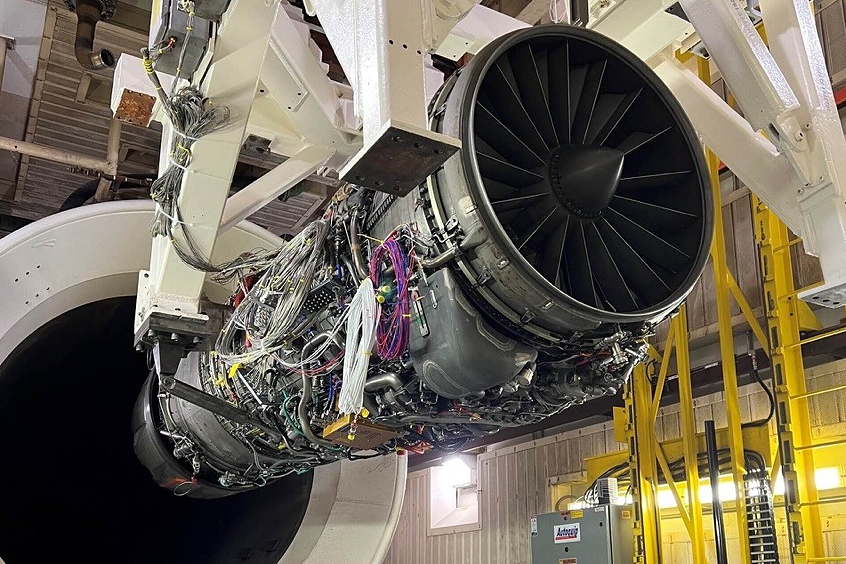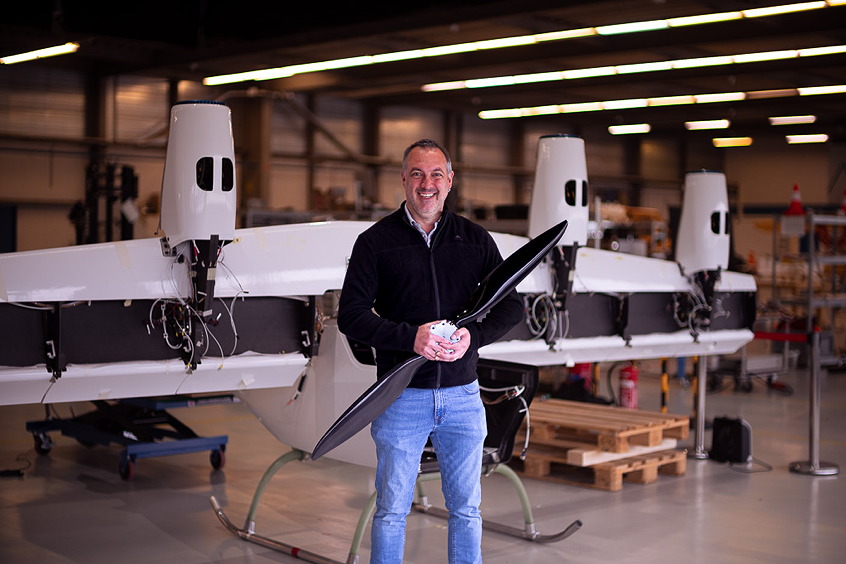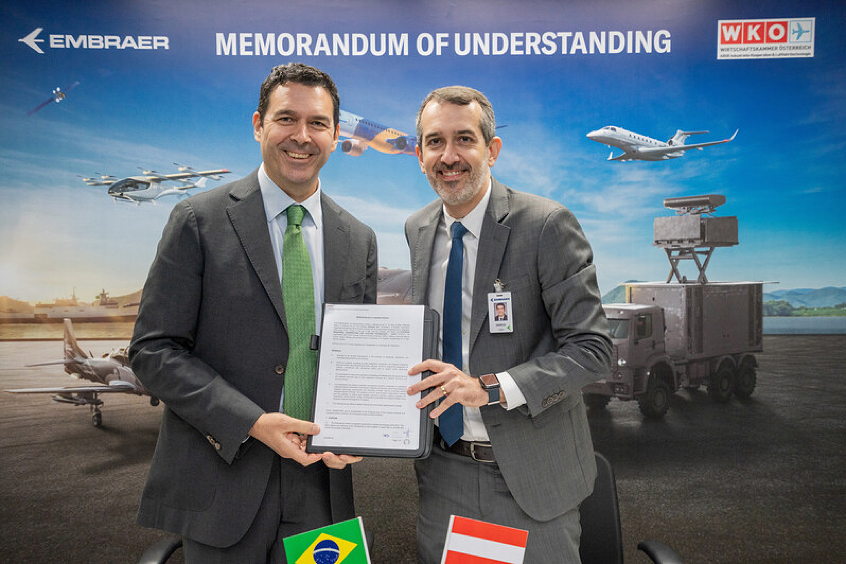Aircraft should normally avoid turbulence and wake vortices. But test pilots and researchers from the German Aerospace Center (Deutsches Zentrum für Luft- und Raumfahrt; DLR) have deliberately flown into turbulence during flight experiments designed to test numerical models and a new real-time evaluation method that enables the instantaneous review of aeroelastic stability. In Project iLoads (integrated Load analysis at DLR), the load limit of HALO (High Altitude LOng Range Research Aircraft) is being investigated to explore its capacity to carry scientific instrumentation. With these results, future research missions will be able to be carried out to even better effect.
Exploring the loads
The HALO research aircraft is equipped with special instrumentation for its atmospheric research and Earth observation missions. These are installed on board, and on special external payloads referred to as the Particle Measurement System (PMS). In order to obtain the maximum amount of data and scientific results from these external payloads, it is important to know how much weight the aircraft can carry. This is because, in order for the aircraft to continue flying safely, a limit is set for the weight of the instrumentation; the attachments are not allowed to exceed a certain mass. Where exactly this limit lies and what role manoeuvres and gusts play in exerting loads on the aircraft is one aspect of project iLoads.
HALO made to vibrate
To address this question, the researchers first investigated how the aircraft behaved under various loads. As with a guitar string that vibrates when it is plucked, aircraft also have characteristic frequencies at which they can be made to vibrate. If an externally caused excitation, for example, produced by a gust, is near to the natural frequency of part of the aircraft, high loads may be induced in the structure. These properties have to be taken into account during the construction of the aircraft and the instrumentation.
To determine the natural vibration behaviour of HALO on the ground and in flight, the researchers installed a measurement system with 67 sensors. "We installed 51 accelerometers and 16 strain gauges on HALO, and this enabled us to achieve extremely fast access to the sensor data and determine the vibration behaviour and load transfer from the PMS payload into the wings in a single test," explains Julian Sinske, the designer of the experiment.
Under laboratory conditions, HALO was made to 'vibrate' at various frequencies in the hangar at the airport in Oberpfaffenhofen and the amplitudes were recorded. In this way, the properties of the aircraft structure could be precisely determined. The data acquired was incorporated into numerical models and simulations to improve understanding of the aircraft's behaviour when carrying certain scientific instrumentation.
The problem is that not all of the parameters can be determined in experiments on the ground. "Unfortunately, the vibration properties of HALO change in flight, as a function of altitude and speed," says Yves Govers, a Team Leader at the DLR Institute of Aeroelasticity in Göttingen. "This is why we conduct flight tests in which we deliberately fly HALO into turbulence. In this way, we can enhance our models with the missing parameters."
The researchers do not search the sky looking for turbulence; they rely on a second research aircraft in the DLR fleet – the Dassault Falcon 20E. Test pilots from the DLR flight experiments facility have been using this to fly in front of HALO and thus generate the wake vortices and turbulence that HALO is deliberately steered into.
Instant evaluation for direct results
Previously, the data from flight experiments had to be transferred to a ground station. With project iLoads, in a new development by the Institute of Aeroelasticity, the real-time data from the vibration sensors are continuously distributed from the sensors to multiple computers on board the aircraft. Using this method, the data can be displayed to the researchers on their computers within a matter of seconds during an ongoing flight manoeuvre. This allows them to check, in flight, whether dangerously large vibrations occur as a result of manoeuvres or gusts. Tests in project iLoads have shown how practical the developed system is. If it proves to be successful, it has the potential not only to accelerate research but also to drastically reduce the costs of flight experiments.
Simulation, experiment, predictions
In the next stage, the researchers will use the data they have gathered to compare their numerical simulations and models with the manufacturer's data. For this, they will add HALO's external loads and attachments to the standard aircraft model. In this way, the researchers can determine how much weight the research aircraft can be loaded with as a maximum. The numerical analyses show what aeroelastic forces affect the research aircraft at which altitude and flight speed. "In theory, we already know everything we need. As a result of the flight experiments, we can now find out whether our models are correct," says Wolf-Reiner Krüger, Project Leader for iLoads. In this way the scientists can exactly determine what loads HALO can fly with as a maximum and what the instrumentation limits are. "This knowledge will enable future missions to be planned better and carried out to obtain improved results," explains Krüger.
Carrying out modifications more quickly
In order for an aircraft to be able to carry out research, it needs not only the expertise for installing the right instruments and measurement devices on the aircraft – the attachments must also be approved and accepted. "As a recognised development organisation, DLR is permitted to perform modifications on its aircraft and certify them," says Oliver Brieger, Head of Flight Operations at DLR. But a lot of substantiation is needed for the approval process, to show that the attachments do not compromise the flight dynamics, aeroelasticity or other parameters. "Improved models will enable these modifications to be carried out more quickly. This in turn will speed up research flight operations," adds Brieger.
| Contact details from our directory: | |
| DLR - German Aerospace Center | Fuel Cells, Testing Services, Research/Consulting Services, Composite Design Consultants, Flight Simulators, Instrument Landing Systems, Prototyping, Airframer |
| Related directory sectors: |
| Test Services |
| Design |
Weekly news by email:
See the latest Bulletin, and sign up free‑of‑charge for future editions.

Amprius and Stafl team up for battery pack innovation

RISE engine efficiency project gains momentum

Dufour picks Mejzlik propeller blades for the Aero2
